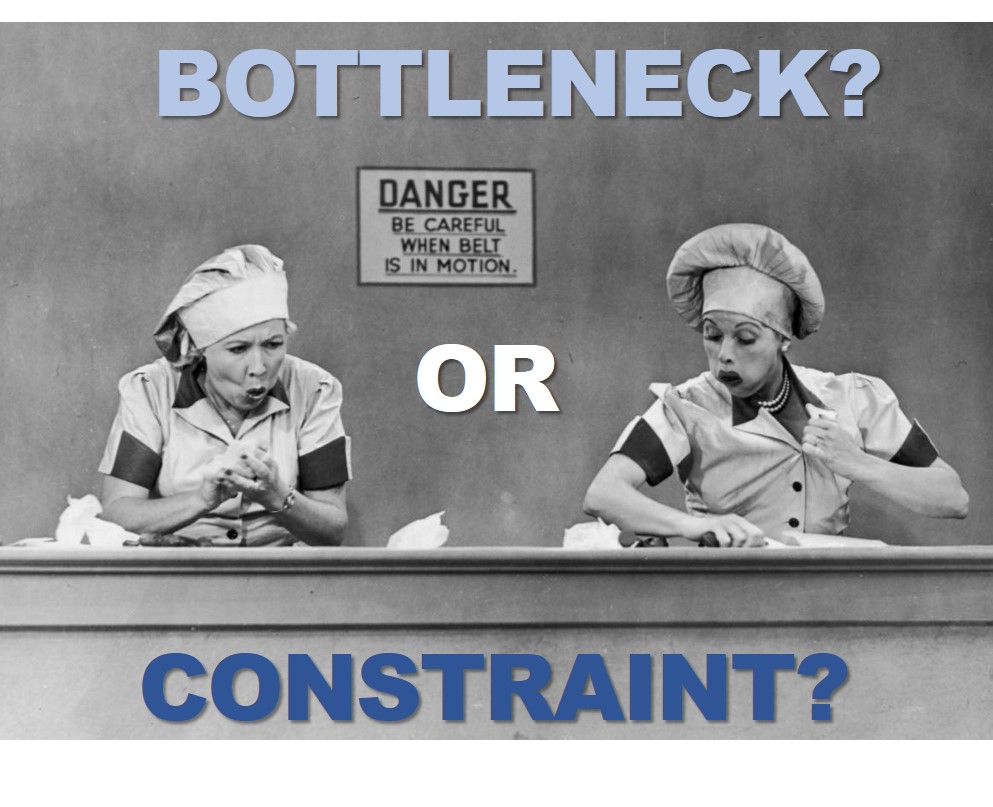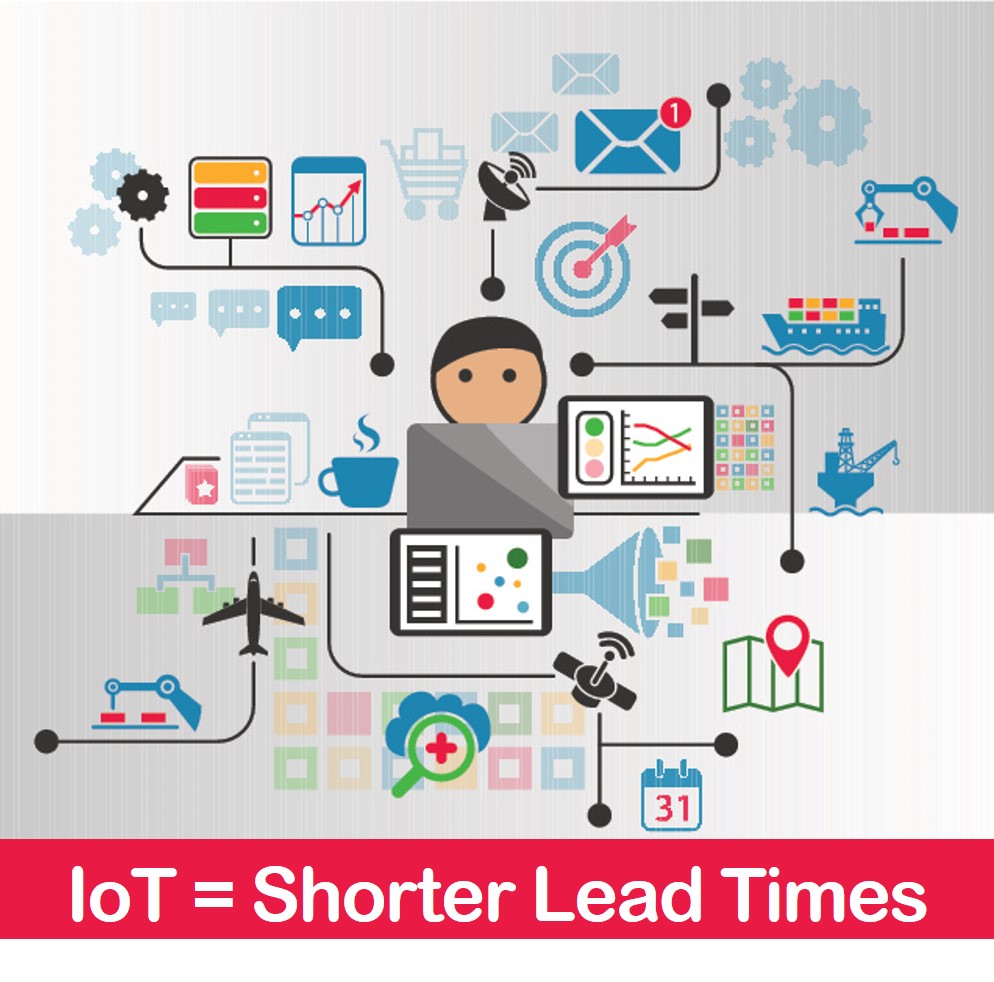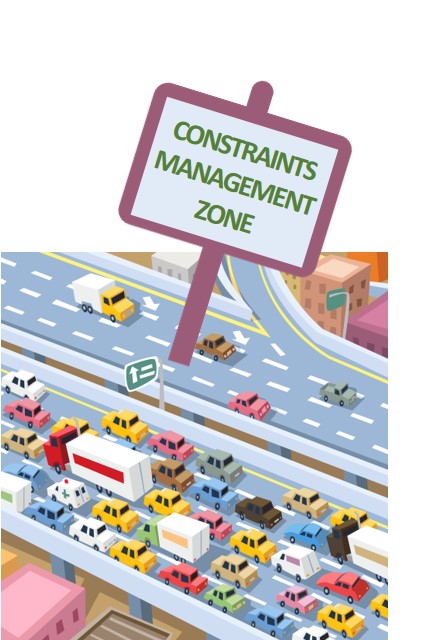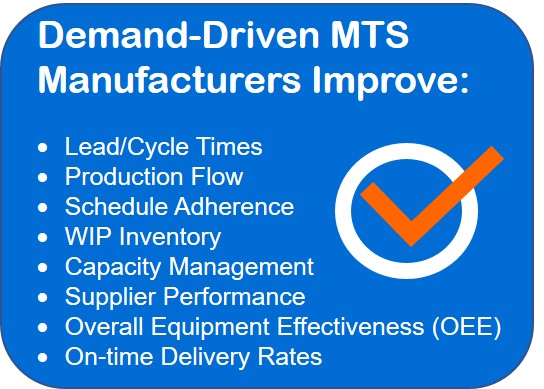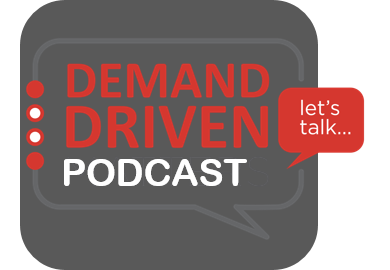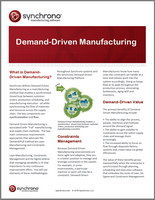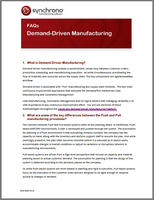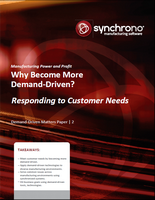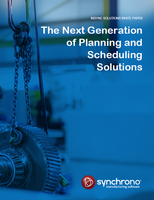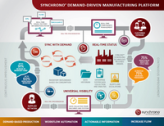What’s the Difference Between a Manufacturing Bottleneck and a Constraint?
Bottlenecks and constraints are two terms that are often used interchangeably in Demand-Driven Manufacturing as well as in discussions on Lean Manufacturing and flow. It’s easy to use one term when you actually mean the other. However, since these two limiters on throughput need to be addressed differently, it’s important to understand the distinction. What is a Manufacturing Bottleneck? A bottleneck represents a temporary overload on a resource. The cause


